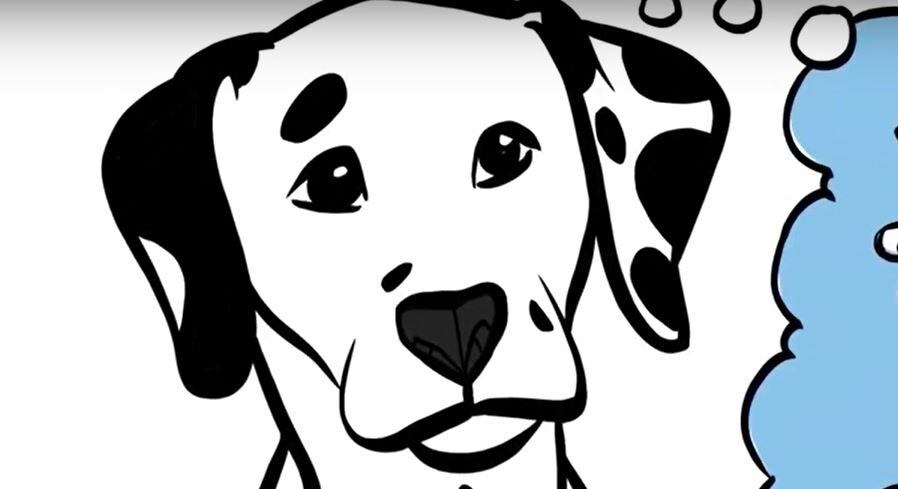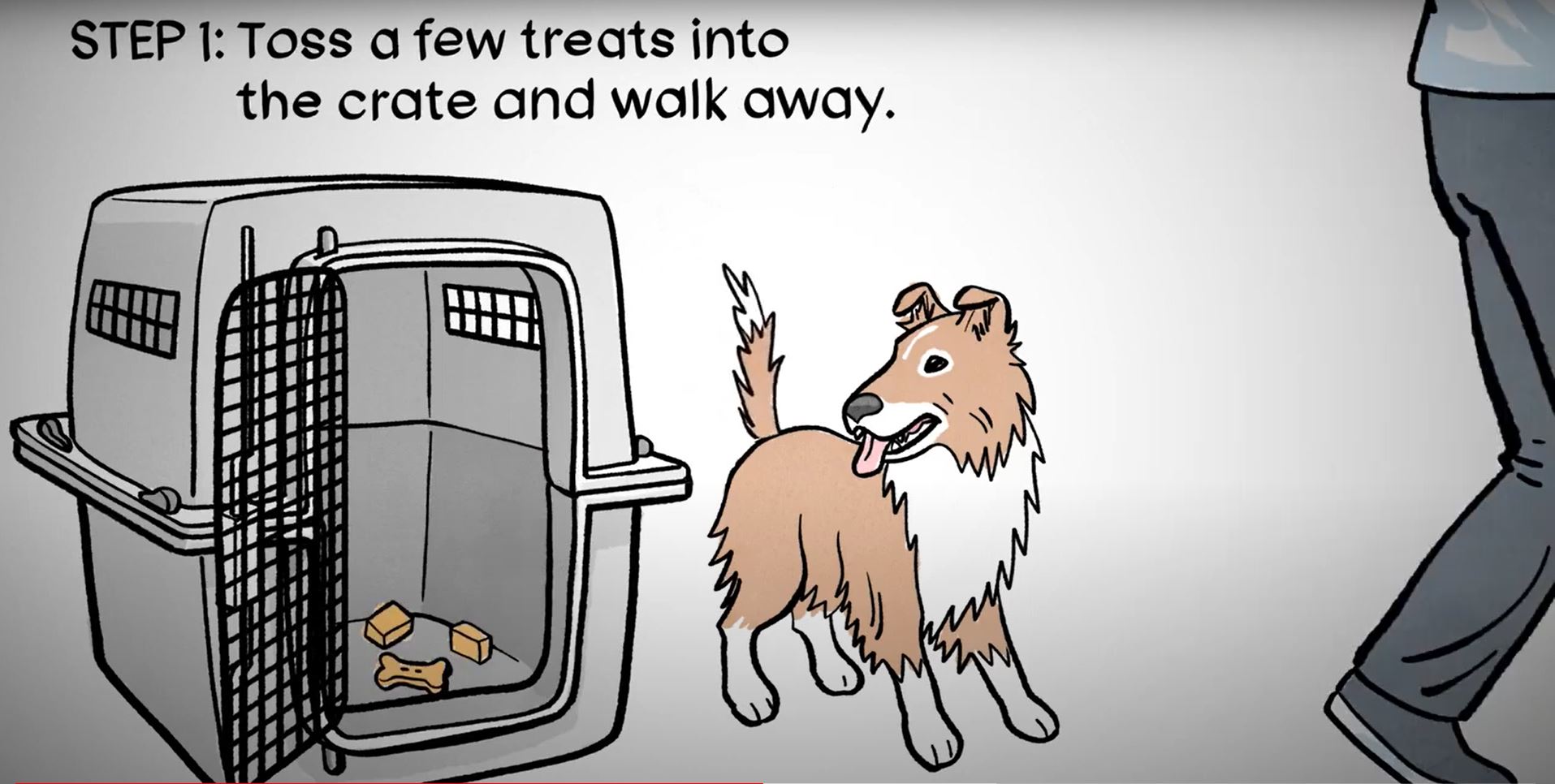Got a new puppy or thinking about getting one? Start everyone off on the right paw the Fear Free way. We’ll talk about socialization, house training, crate training, daily schedules, play, and much more!
Puppies 101
5 Important Tips for Socializing Your New Puppy
So you know you’re supposed to socialize your new puppy but you just don’t have time in your schedule for a puppy class. Don’t worry; by following a few simple rules, you can keep your puppy safe while making sure he has the experiences he needs to become a well-adjusted member of your family.
First, get your treat bag on! Purchase or make a treat pouch and get in the habit of wearing it everywhere. Every morning when you measure your puppy’s breakfast kibble, put most of it in a bowl or foraging toy and put a portion of it in your pouch to use during the day. When you take your puppy places or plan to expose him to things that may be scary, add some special treats to the bag such as tiny pieces of boiled chicken, string cheese, or soft, chewy, commercial dog treats.
Second, take your puppy with you everywhere that you safely can. Avoid allowing your puppy to walk in areas where dog of unknown health status may have traveled, so no pet stores or dog parks!
Do take your puppy through the drive-thru at the bank or fast food restaurant and allow him to see you talking to and interacting with people outside your car.
Do take your puppy to visit friends and family members, especially if they have well-behaved, well-vaccinated dogs, other species of animals, and family members of all ages and types.
Third, reinforce your puppy with a piece of kibble or other tasty treat every time he experiences something new and shows any interest at all. If the puppy acts concerned or startled when experiencing something new, don’t force him to explore further; just be patient and wait. You can toss treats closer to the object or person so that he is reinforced for being brave. It is important that it be the puppy’s choice to investigate!
When meeting unfamiliar people, stop and give your pup a treat. If he shows an interest in approaching the new person, allow the pup to approach (you can tell the puppy “Go say hello”) and allow the person to give your puppy another lower-value treat. This teaches the puppy to associate good things with meeting new people while also helping to teach some self-control.
Do praise your puppy, but never scold regardless of how your puppy is acting. Scolding is never helpful if puppy is afraid, and increases the chance of making the puppy afraid of you! If you feel a puppy's behavior is inappropriate (your puppy is overly excited and ignoring you, or is fearful and distressed), remove him from the situation quickly but calmly and use a happy, upbeat tone of voice to try to distract him or draw his attention back to you.
Fourth, keep these same ideas in mind at home and think about giving your puppy the opportunity to experience new things in a very careful and considerate way.
For example, when it is time to vacuum, don’t just begin vacuuming around the puppy while he is confined to his crate and expect him to get used to it! First bring out the vacuum cleaner and, without turning it on, allow your puppy to explore at his own pace and eat treats that you slowly toss closer and closer to the vacuum cleaner. When you first turn it on, turn it on at the lowest setting with the puppy across the room, to keep from scaring him. Taking it slow and associating the big scary machine with yummy treats is the best way to teach your puppy there is nothing to fear. If you don’t have time to do this, place the puppy in a safe place out of hearing or visual range of the vacuum while you clean the house until you do have time to make this experience a positive one.
Expose the puppy to other household appliances, different flooring, gadgets, machinery, bicycles, umbrellas, and anything you can think of in this same careful way. The more positive experiences the puppy has during the first 4 months of life, with the greatest variety of people, places, and things, the greater the chances that the puppy will grow into a dog with fewer signs of fear and anxiety when confronted with novel situations.
Fifth, place an Adaptil Junior collar on your pup and replace it every thirty days for at least the first three months. Adaptil Junior, a collar made just for puppies, is impregnated with dog appeasing pheromone, a pheromone that mother dogs produce during the time that they are nursing their puppies.1
In one study, half the puppies attending puppy classes wore an Adaptil collar and the other half wore a placebo collar. At 1, 3 and 6 months later, the puppies who had worn Adaptil collars demonstrated signs of being better socialized than the puppies who wore placebo collars. They showed fewer signs of fear or anxiety when exposed to unfamiliar people, novel objects, and other situations that often result in fear in poorly socialized dogs.2 Wearing an Adaptil collar may help puppies develop into adult dogs who are better adapted to day to day life in a typical busy human household.
References
- Pageat P, Gaultier E. Current research in canine and feline pheromones. Vet Clin North Am Small Anim Pract 2003: 33;187-211.
- Denenberg S, Landsberg GM. Effects of dog appeasing pheromone on anxiety and fear in puppies during training and on long term socialization. JAVMA 2008: 233;12.
This article was reviewed/edited by board-certified veterinary behaviorist Dr. Kenneth Martin and/or veterinary technician specialist in behavior Debbie Martin, LVT.



